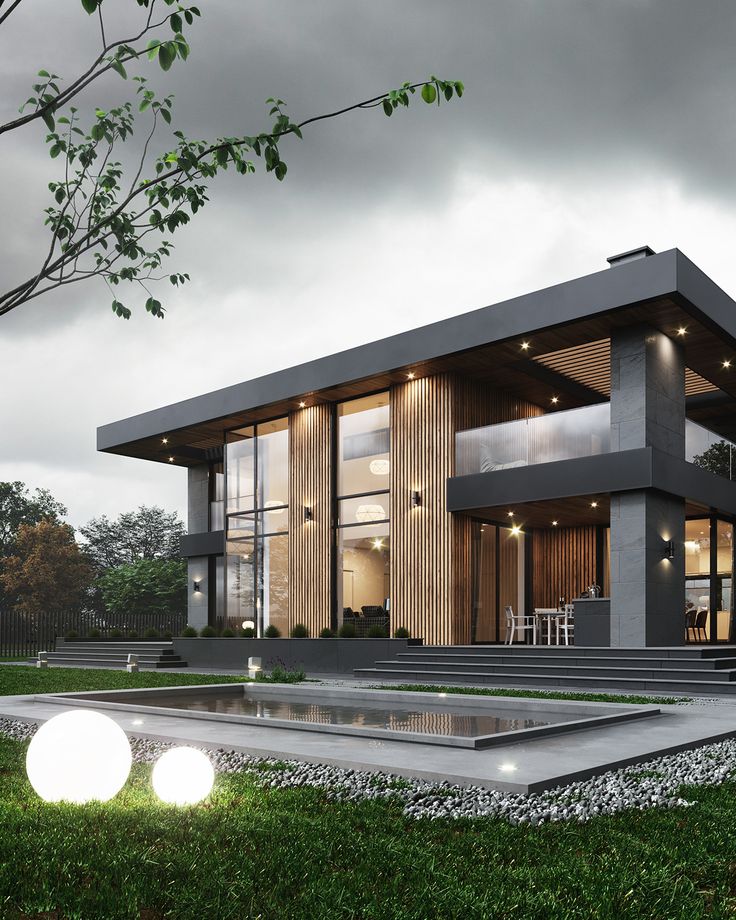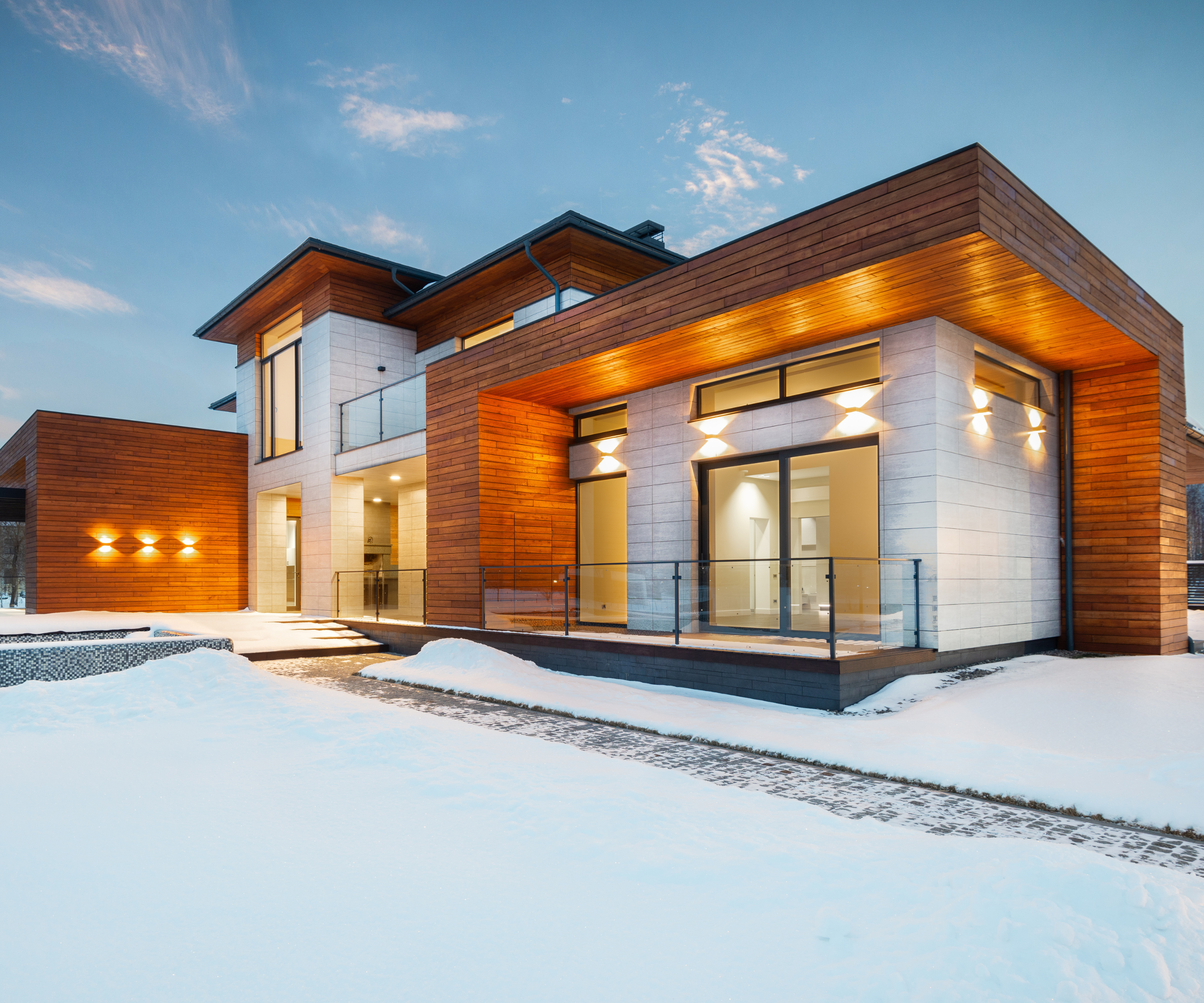Timber cladding is generally used to cover establishments and buildings while creating a beautiful finish. It involves using an exterior wood veneer to protect a structure from the elements while simultaneously enhancing its visual appeal.
Like everything else, there are advantages and drawbacks to using timber cladding. This article provides these details to let you know what to expect when considering timber cladding on your structure.
Advantages of Timber Cladding
Lasting value and aesthetic appeal
Timber is one of the most visually appealing construction materials that can add some flair to the exterior of a residential structure or a commercial building. Timber is also extremely durable and can be a cost-effective part of a building project resulting from its long lifespan.
Timber cladding is available in a range of colors and finishes. Its rich and diverse natural beauty enhances the external visual appeal of the design of any structure.
Added insulation
Timber cladding can trap heat and sound around a structure, thus offering effective insulation. Wood is better at retaining heat compared to aluminum, concrete and steel.
This effective insulation reduces prolonged reliance on cooling and heating systems within a building. A structure with timber cladding will be well ventilated, and more energy efficient. Timber cladding, therefore, promotes environmentally friendly energy usage.
Timber cladding also protects a building as it can withstand outdoor elements like wind and rain. Small chips and dents are imperceptible with the natural grain of timber, which means that wear and tear over time are less noticeable.
Natural and sustainable solution
Timber is a natural and environmentally-friendly construction material. It is obtained from renewable and sustainable sources and its use does not harm the environment in the long run.
Many modern construction materials are sourced from fossil fuels like coal and petroleum. On the other hand, timber cladding does not require a lot of fossil fuel compared to other cladding solutions to be fully machined and finished.
Timber cladding can be recycled and reused multiple times, meaning that it is quite eco-friendly. Timber can be transformed into wood products that are comparable to the original cladding. Thus, a lot of use can be gotten out of timber even past its expected lifespan.
Gradual change over time
Timber experiences weathering over time which causes timber cladding to change in appearance caused by natural environmental conditions. While this may sound troublesome at first, weathering has proven to be a wonderful development.
Different kinds of timber experience weathering to varying degrees, and result in surprising and beautiful color hues.
Ensure you check what type of timber you acquire for cladding and research on the internet for the visual changes they exhibit over time. You are likely to see something striking that you would love to have around your building.
Increased property value
Timber cladding can make your home look more appealing. This will be a small factor in helping you strengthen the resale value of your property to be the best it can be.
Disadvantages of Timber Cladding
Upfront cost
Depending on the type of timber chosen and your ideal finish, timber cladding can be relatively expensive for a non-structural addition to your property. Also, you may need costly skilled workmanship to machine, finish and install timber cladding.
The work of erecting an exterior timber veneer requires a good skill level for a good result. Poor workmanship can increase susceptibility to rotting, and this means you should only hire trusted professionals.
Also, there can be a few problems that arise from improper staining and fixings which results from workers not being trained and experienced in working with cladding.
Redoing a section or the entire timber cladding will be costlier than initially expected. Thus, you ought to consider going with seasoned professionals to prevent costs from accruing over time as a result of poor workmanship.
Some types of timber require consistent maintenance to maintain their appearance and natural durability. Various timber cladding requires oiling, staining and painting to uphold their integrity over time. These types of wood can warp and crack over time, which prompts frequent painting and oiling that can be tedious and expensive.
However, considering its longevity and insulation benefits, timber cladding is well-worth its initial cost.
Added weight
For tall structures like high-rise buildings, the added weight of cladding can be a prohibitive issue in the construction and maintenance processes.
This is not a problem for conventional homes and apartments, since the weight is well anchored and the center of gravity is close to the ground making it more stable.
Susceptibility to decay
Over long periods, timber cladding can fall victim to decay and damage from natural outdoor elements like heat from the sun, cold, rain and infestation of insects.
Water is particularly harmful since it may cause decay which makes the wood fall apart. The rate of decay varies depending on the types of timber used and the climate in which the cladding is installed.
Fire risk
Wood is more flammable than many other construction materials, creating a legitimate concern over the risk of catching fire and spreading it to other parts of a property.
People living in areas with a high risk of fire are prone to considering other appropriate cladding materials. This is especially relevant when it comes to insurance premiums that may be higher as a result of having a lot more flammable construction material around the house.
However, timber can be treated before and after installation to improve fire resistance. This guarantees a safer environment which has the potential to be less destructive and less costly over time.
Conclusion
Timber cladding has several advantages such as insulation, the improved and lasting aesthetic value of a home, and protection of a structure from the hazards of the natural environment.
The drawbacks mentioned above are not meant to discourage you from using timber cladding. Rather, knowing what to do will help you know what to do like treat the timber, install the wooden planks in the right configuration and learn how to manage the expenses involved.
Read as much information as you can about timber cladding to make the best decision on how to proceed, and contact experts when you have made a decision that you wish to explore further. This will ensure you end up with the best possible timber cladding for your home.








Leave a comment
This site is protected by hCaptcha and the hCaptcha Privacy Policy and Terms of Service apply.